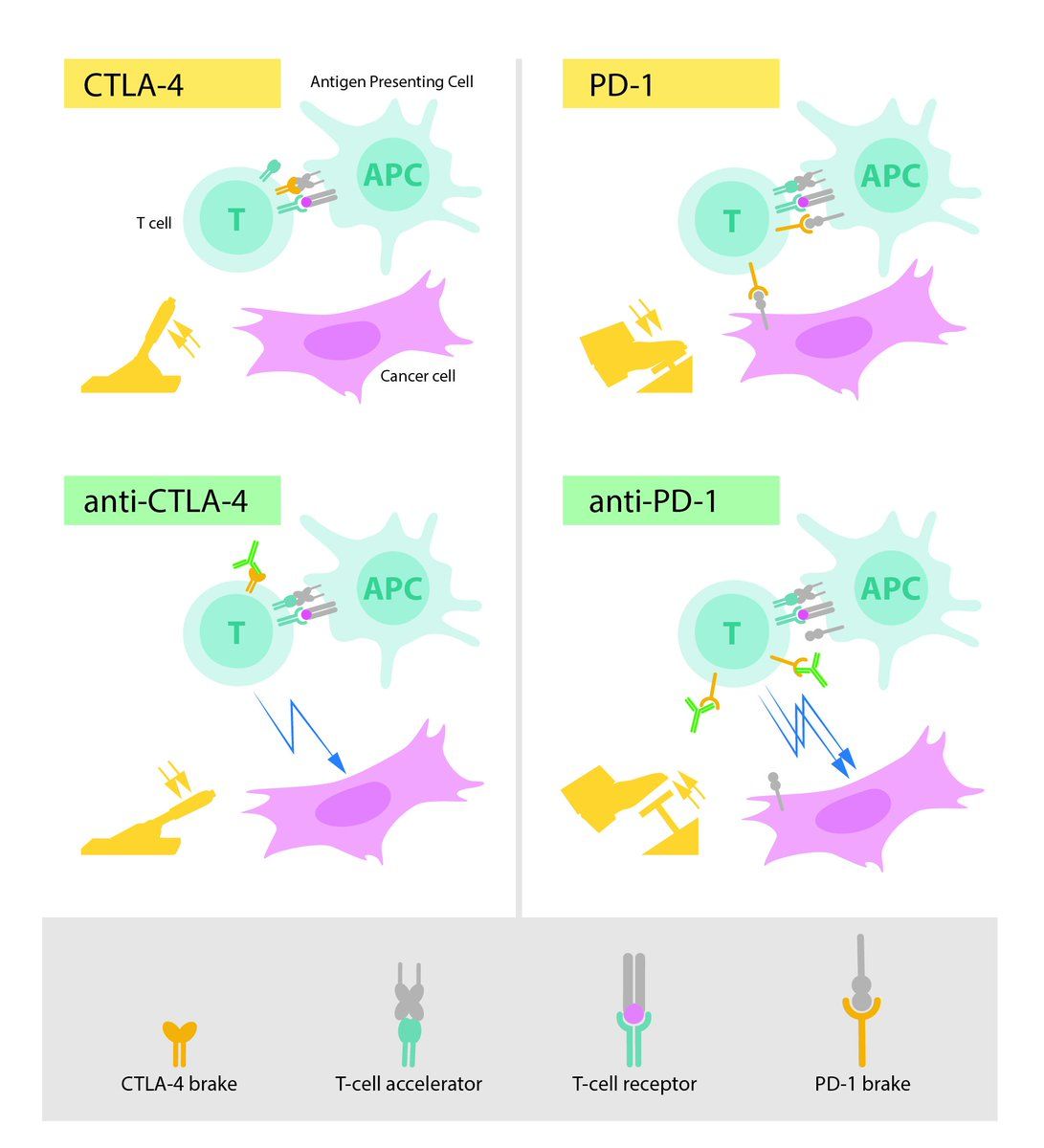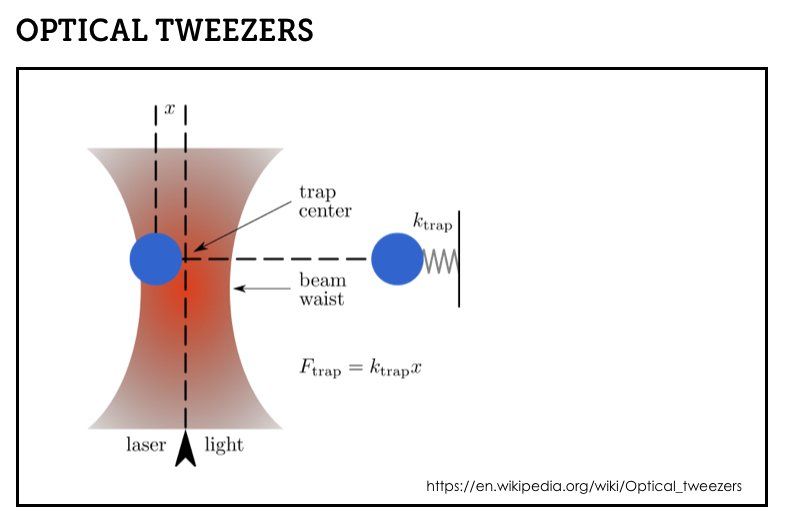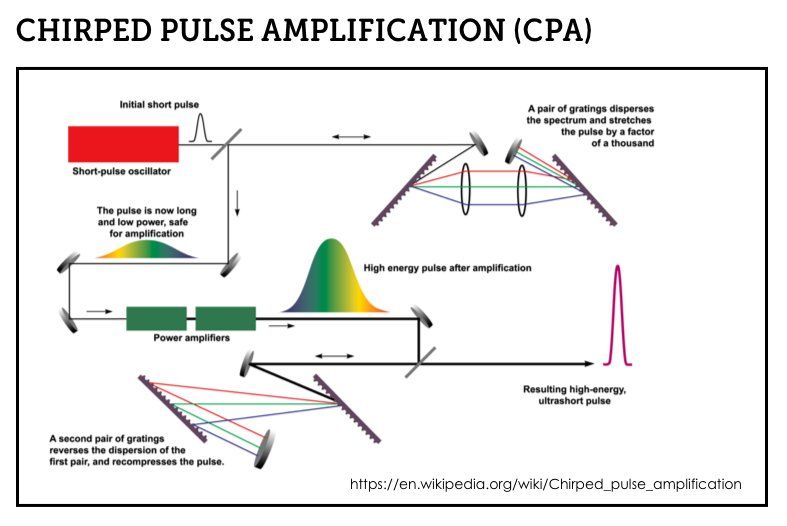-
Twitter thread on the NobelPrize winners 2018. My aim is to briefly summarize each person in a few tweets :) #NobelPrize
-
…in reply to @axbom
James P Allison. Physiology or Medicine. In late 80s found a function of a protein on T-cells that acts as a brake, shutting down immune response. T-cells travel our bodies to protect us from disease. His idea was to block the brake on the T-cell, called CTLA4, with an antibody,
-
…in reply to @axbom
thus allowing the T-cells to attack. His finding in 1996 allowed development of the first drug ever shown in a clinical trial to extend the lives of people with the cancer form metastatic melanoma (approved 2011). The technique has proven successful on other forms of cancers.
-
…in reply to @axbom
Tasuku Honjo. Physiology or Medicine. Discovered the PDF-1 protein on the T-cell by chance in 1992. Theorized that suppressing PD-1 could boost immune response and treat cancers. This was confirmed in a 2002 study. In 2014, a drug was approved by the FDA to treat melanoma.
-
…in reply to @axbom
Also, Honjo's lab discovered the enzyme (AID) that enables class switching from immunoglobin M (IgM) to IgG or IgA. The first anti-body the body produces as part of immune response is usually IgM, but in most cases you need IgG or IgA. Thus important to identify defect AID genes.
-
…in reply to @axbom
James P Allison and Tasuku Honjo share the Nobel Prize in Physiology or Medicine "for their discovery of cancer therapy by inhibition of negative immune regulation". Official press release: nobelprize.org/prizes/medicine/2018/press-release/
-
…in reply to @axbom
#NOBELTRIVIA Four people have won a Nobel Prize twice. 1. Maria Sklodowska-Curie (1903: physics; 1911: chemistry) 2. John Bardeen (1956 + 1972: physics) 3. Linus Pauling (1954: chemistry; 1962: peace) 4. Frederick Sanger (1958 + 1980: chemistry)
-
…in reply to @axbom
Arthur Ashkin. Physics. Started work on manipulation of microparticles with laser light in the late 1960s. Invented optical tweezers in 1986. Pioneered the optical trapping process that later could manipulate atoms, molecules, and biological cells.
-
…in reply to @axbom
Optical tweezers are an instrument with a highly focused laser beam that can physically hold and move microscopic objects.
-
…in reply to @axbom
Gérard Mourou. Physics. With Donna Strickland, co-invented a technique called chirped pulse amplification (CPA), later used to create ultrashort-pulse, very high-intensity (terawatt) laser pulses.
-
…in reply to @axbom
Donna Strickland. Physics. With Mourou developed the CPA technique for “micro-machining”. She leads an ultrafast laser group at University of Waterloo that develops high-intensity laser systems for nonlinear optics investigations.
-
…in reply to @axbom
CPA amplifies lasers through a series of steps involving stretching, amplifying, and compressing beams. CPA can be used to create a laser pulse that only lasts one attosecond, one-billionth of a billionth of a second, allowing the study of what happens inside individual atoms.
-
…in reply to @axbom
For groundbreaking inventions in the fields of laser physics, the Nobel Prize is awarded with one half to Arthur Ashkin and the other half jointly to Gérard Mourou and Donna Strickland. Official press release: nobelprize.org/prizes/physics/2018/press-release/
-
…in reply to @axbom
#NOBELTRIVIA Donna Strickland is the third woman ever to be awarded a Nobel Prize in physics. She is preceded by: * Maria Goeppert-Mayer, 1963 (atomic structure) * Marie Skłodowska Curie, 1903 (radioactivity)


